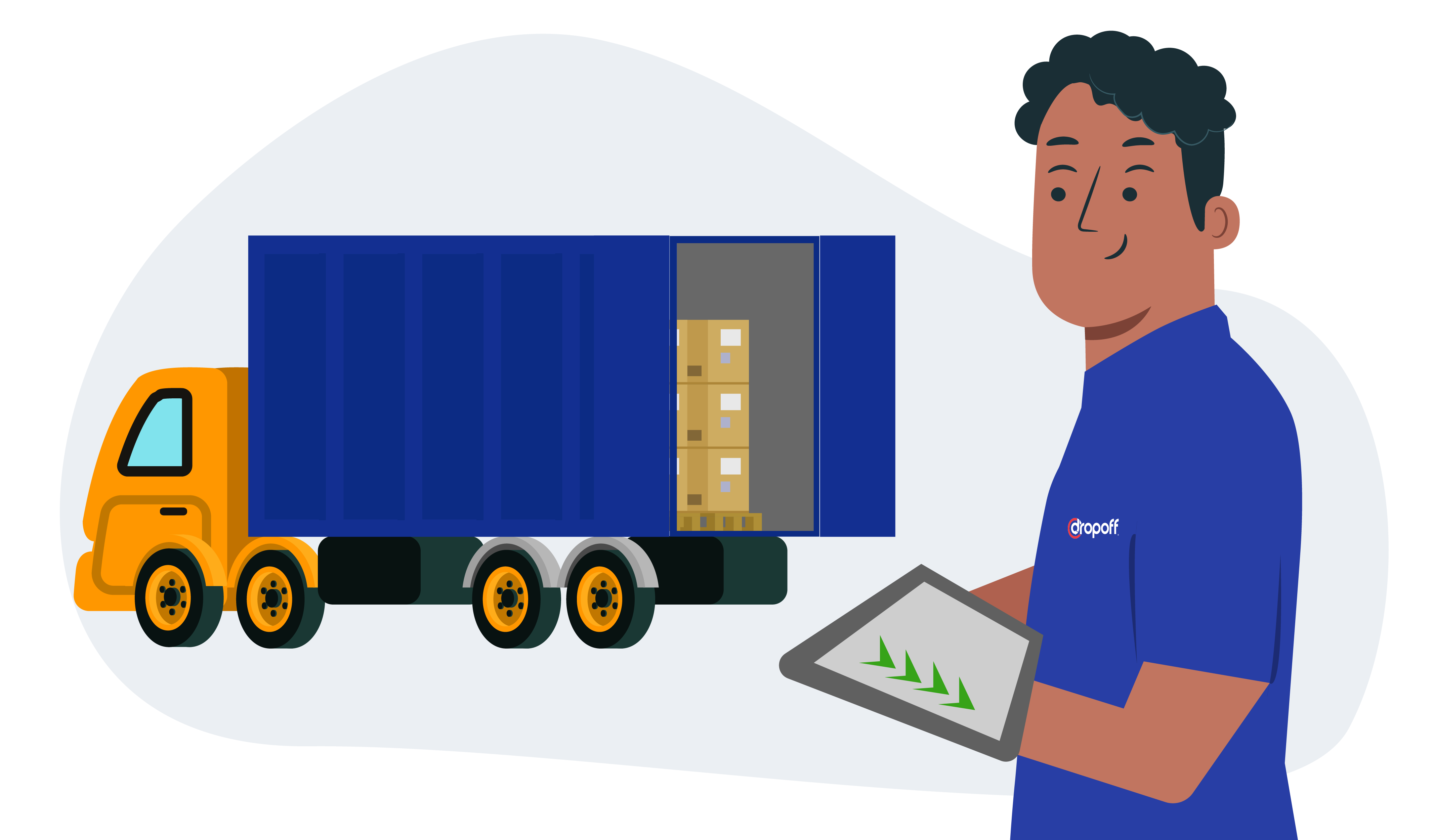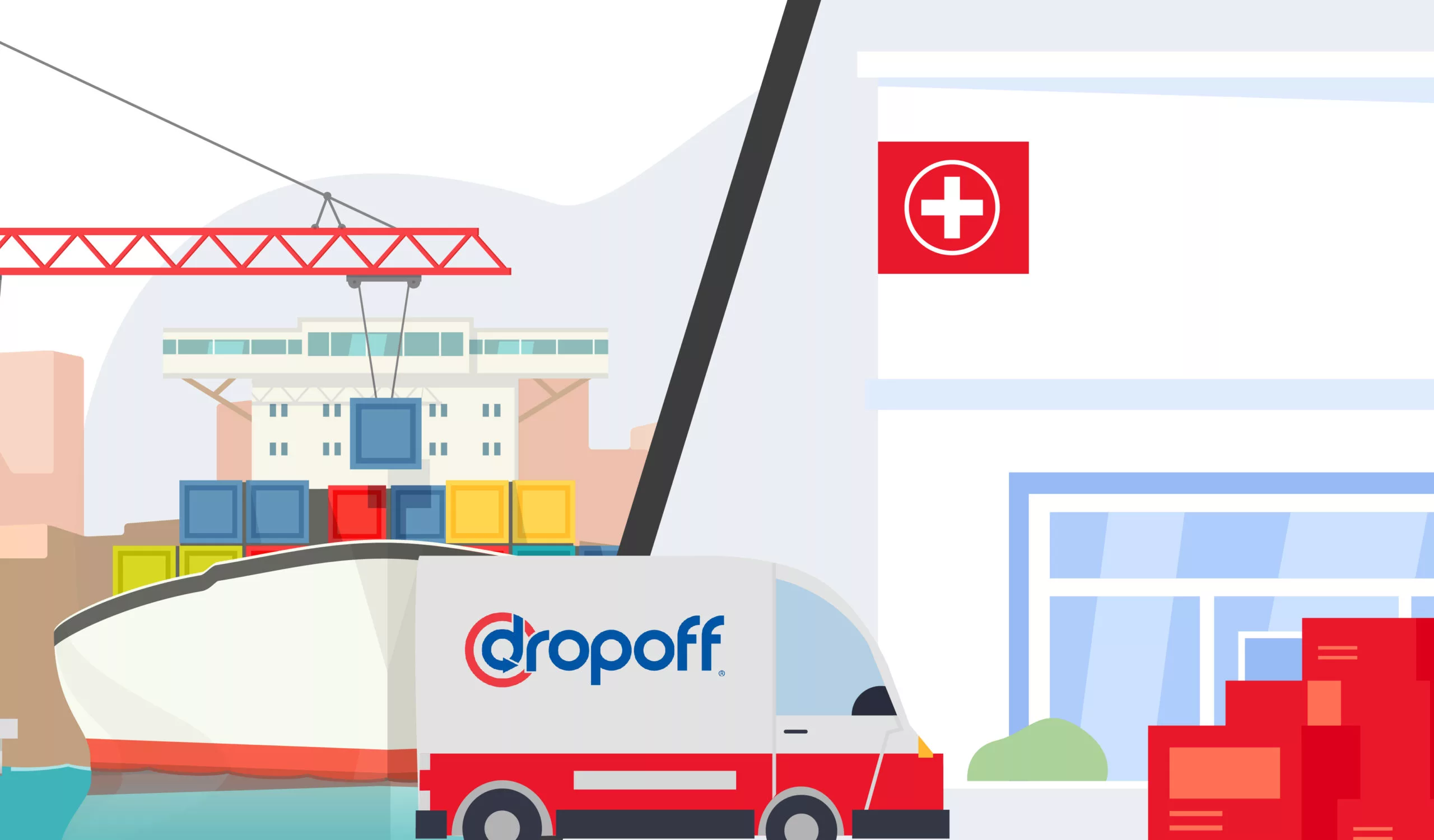DAP vs DDP – What’s the Difference?
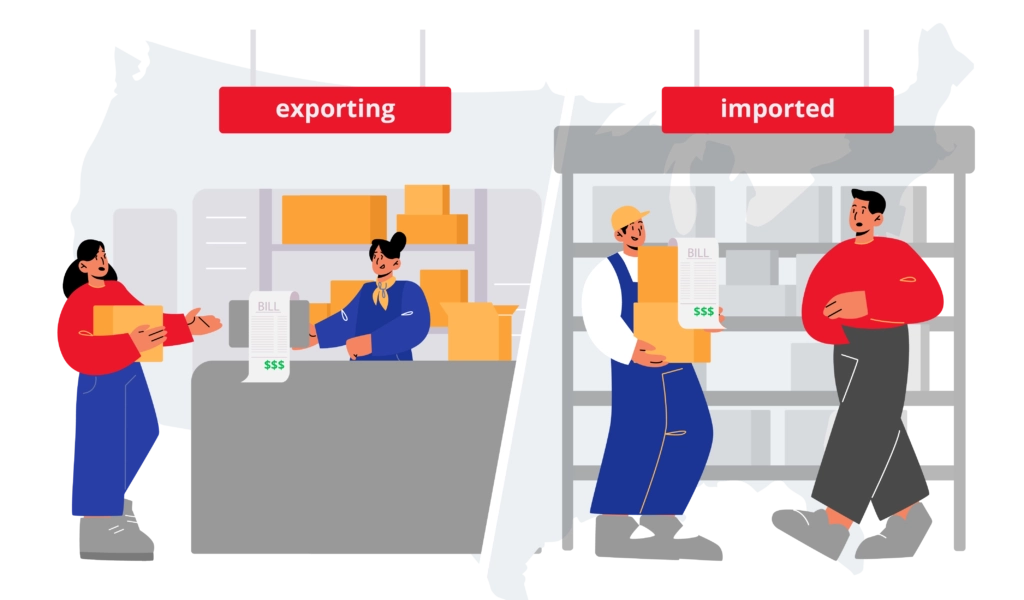
Whether you’re a buyer or a seller, you’ve probably heard the terms DAP vs DDP before when talking about the shipping process. We hope this guide can help you make better-informed decisions on the subject and understand these terms better.
What Is a DAP Shipment?
Delivered At Place (DAP) shipping is an international trade term describing a deal where the seller is responsible for all costs related to deliveries until they reach their destination. The buyer would only be in charge of handling applicable fees once the delivery arrives.
Here are the seller’s responsibilities in a DAP agreement:
- Proper packaging
- Documentation
- Approval for export
- Loading
- Freight charges for the domestic travel
- Freight charges for the international travel
- Delivery to destination
Here are the buyer’s responsibilities in a DAP agreement:
- Unloading cargo
- Custom Clearance
- Payment of import duties
- Payment of applicable taxes
- Payment of any other agreed-upon fees
Check out our guide on on-demand shipping and trucking!
What Does DDP Shipping Mean?
Delivered Duty Paid (DDP) shipping is an agreement that places all the risks and responsibilities of transportation on the seller until the buyer receives them. With DDP, buyers are not in charge of paying actual shipping fees, giving them more confidence in buying products without the fear of receiving surprise fees. Ultimately, it protects the buyer.
Here are the seller’s responsibilities in a DDP agreement:
- Freight charges for the domestic travel
- Freight charges for the international travel
- Payment of import and export duties
- Insurance
- Proper packaging
- Arrange for export clearance and customs documentation
- Arrange for import clearance and approvals from the destination country’s authorities
- Arrange the Proof of Delivery (POD)
- Payment of applicable taxes
- Payment of other expenses, including VAT charges and additional storage costs
Interesting learning more about other types of shipping? Here’s all you need to know about economy shipping.
Here are the buyer’s responsibilities in a DDP agreement:
- Payment of unloading of cargo in the DDP Incoterm
DDP vs. DAP Shipping
Advantages of DAP
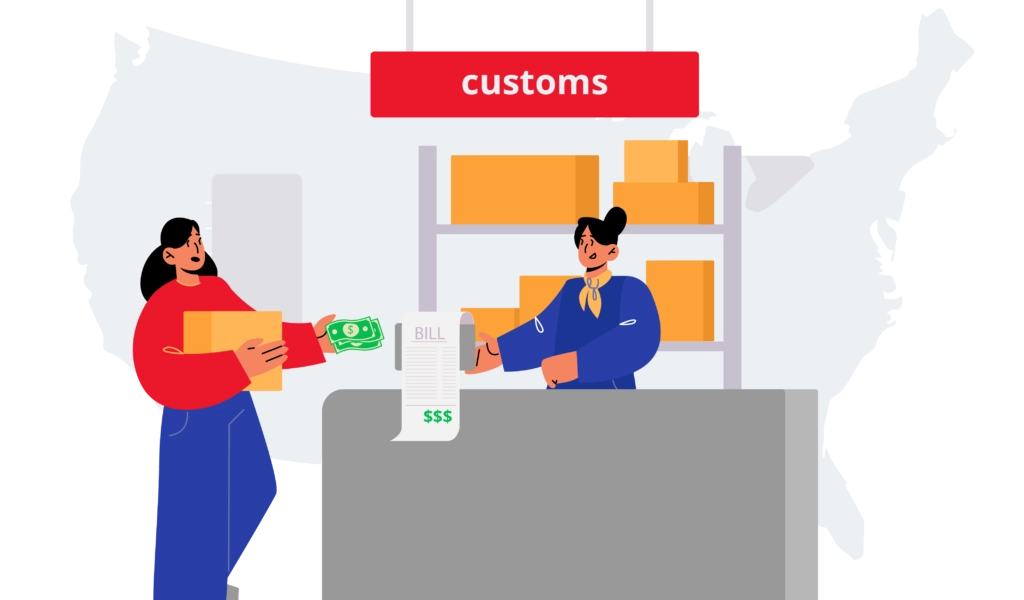
DAP protects both buyer and seller at different stages of the delivery journey. Here are some benefits of DAP:
- Buyers can rest assured that their products will be delivered to their destination safely.
- Buyers have cheaper options. The seller typically has their freight forwarders and shipping partners in DDP shipping services. But a first-time seller’s lack of knowledge will offer cheaper shipping options for the buyers.
- Sellers can provide a secure method for international shipping convenient for the customer. The best part is sellers aren’t responsible for any losses in customs clearance or importing and exporting.
Disadvantages of DAP
- Buyers are in charge of paying all import duty fees, taxes, and customs clearance fees.
- Sellers risk losing their cargo because buyers may not want to pay import duties. They can avoid this scenario by charging higher fees.
- Some buyers prefer sellers that take over the reins and manage everything. At the end of the day, it all depends on the seller if they want to handle the risk of losses or not.
Here’s a comprehensive guide about on-demand logistics – a great read in your spare time.
Advantages of DDP
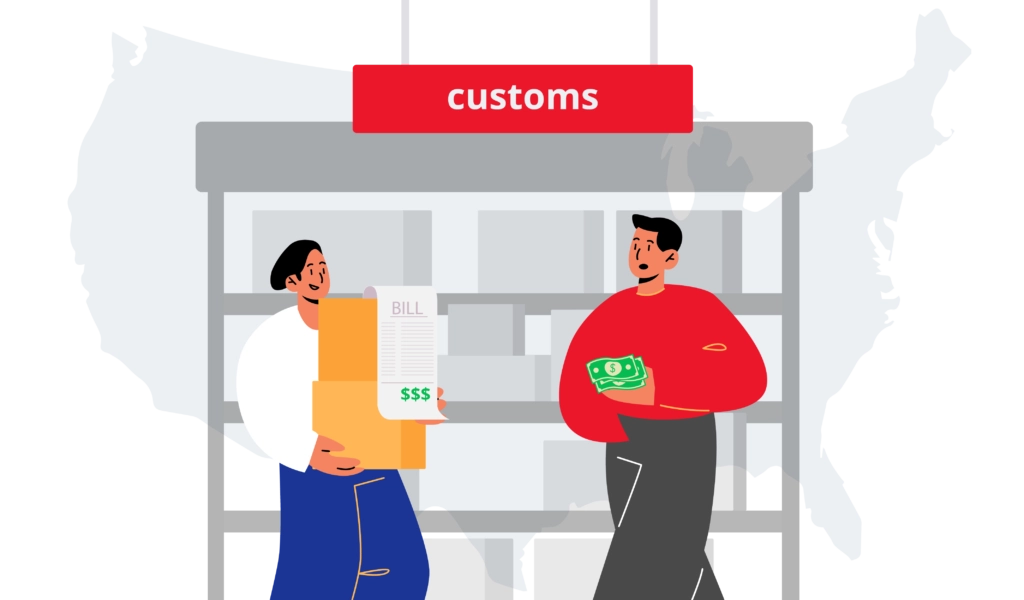
DDP shipping services are great for building good relationships between the buyer and seller. Here are some benefits of DDP:
- Buyers don’t ever get tricked with the help of DDP shipments. This is because the seller is responsible for everything, so it’s in their best interest to keep the customers happy. The time and costs of DDP shipping are so much that even scammers wouldn’t bother.
- Buyers don’t have to worry about paying customs fees.
- Sellers have full control of the delivery process from start to finish, letting them provide customers with a better service.
Disadvantages of DDP
- Buyers can’t verify if local agents can handle the deliveries properly. This is why the supplier needs to be an expert on customs clearance.
- Sellers face really high fees. They’re usually responsible for shipping fees, import and export customs duties, damage fees, shipping insurance, VAT, and storage fees.
What’s the Difference Between DAP vs DDP Shipping?

There are two Incoterms used in international trade: DAP and DDP. In DAP, the buyer and seller are both responsible for making sure goods arrive at their destination. The seller is responsible for loading and shipping the goods, as well as paying for any losses that happen during transport. As soon as the goods reach their destination, the buyer takes over and pays any taxes, duties, or fees. They also need to unload the cargo.
DDP is a little bit different. The seller is responsible for everything associated with transport. This includes the cost of shipping, insurance, import and export duties, and any other expenses.
The Different Customer Experiences Between DAP vs DDP
DAP
- SHOPPING CART – The customer is notified of all charges, including the product price, sales tax, shipping fees, and duty rates.
- AT CUSTOMS – Import agents make sure all taxes and duties have been paid and send out the package for delivery.
- DELIVERY – The customer is happy with their new product.
- REPURCHASE – The customer recalls the simple delivery process and makes another purchase.
Speaking of positive customer delivery experiences, learn more about expedited shipping.
DDP
- SHOPPING CART – The customer is notified of the product price and delivery fees. They may assume the total cost, including customs duty and import charges, and purchase without knowing about those additional fees.
- AT CUSTOMS – Import agents look at import taxes and duties, and inform the customer about the additional fees so they can send out the package for delivery. The customer is only learning now that they’re responsible for the import charges. If they decide not to pay, the product is returned at the seller’s expense or thrown away by the carrier.
- DELIVERY – If the customer accepts the package, they’ll have to pay. The customer is unimpressed by the surprise fees.
- REPURCHASE – The customer considers if the experience was worth repeating or if they should find a different seller.
Bottom Line

Every business owner wants to provide their customers with the best delivery experience. Now that you understand the difference between DAP and DDP shipping, you can decide which shipping method would suit your business best.
At Dropoff, we offer comprehensive 3PL services that can help you streamline your delivery operations and improve your bottom line.
Talk with a Dropoff delivery expert today.
FAQs on DAP vs DDP
1. What is a DAP shipment?
DAP shipping is when the seller is in charge of arranging the delivery of the goods, ready to unload them when they arrive at their final destination.
2. What does DDP mean in shipping?
DDP shipping is a deal between buyers and sellers where the seller is responsible for any risks during transportation until the delivery reaches the buyer.
3. What is the difference between DAP and DDP?
Under DDP, buyers are only responsible for unloading deliveries. Sellers handle everything else, including labeling, freight, packing, customs clearance, taxes, and duties. On the other hand, buyers are responsible for everything from unloading to paying fees under DAP.
4. What does DDP stand for in shipping?
DDP stands for Delivery Duty Paid.

